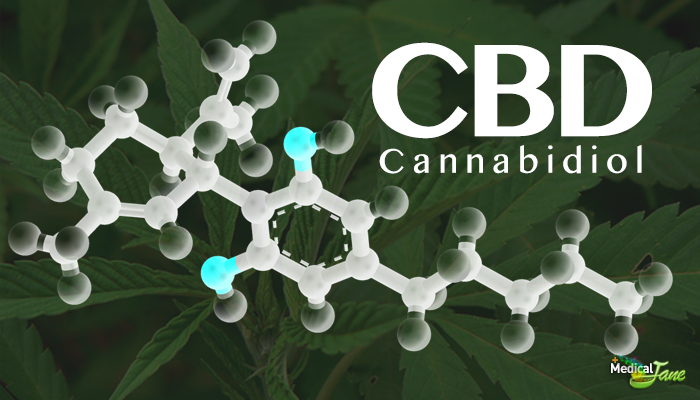“The antiestrogenic effects of marijuana smoke condensate (MSC) and three major cannabinoids, ie., delta9-tetrahydrocannabinol (THC), cannabidiol (CBD), and cannabinol (CBN), were evaluated…
The results showed that MSC induced the antiestrogenic effect via the ER-mediated pathway, while THC, CBD, and CBN did not have any antiestrogenic activity.
This suggests that the combined effects of the marijuana smoke components are responsible for the antiestrogenicity of marijuana use.”
http://www.ncbi.nlm.nih.gov/pubmed/16392670
“Antiestrogen treatment of breast cancer: an overview.” http://www.ncbi.nlm.nih.gov/pubmed/7044524
“Newly Found Estrogen Pathway Suggests Novel Breast Cancer Targets” http://www.genengnews.com/gen-news-highlights/newly-found-estrogen-pathway-suggests-novel-breast-cancer-targets/81250405/
“New Estrogen Mechanism Holds Novel Cancer Treatment Promise”
http://www.counselheal.com/articles/11565/20140929/new-estrogen-mechanism-holds-novel-cancer-treatment-promise.htm
“CB1 and CB2 receptors are novel molecular targets for Tamoxifen and 4OH-Tamoxifen.” http://www.ncbi.nlm.nih.gov/pubmed/24148245
“Scientists discover new role estrogen plays in cancer growth” http://www.nydailynews.com/life-style/health/scientists-discover-new-role-estrogen-plays-cancer-growth-article-1.1957877
“Antiestrogen-induced remissions in stage IV breast cancer.” http://www.ncbi.nlm.nih.gov/pubmed/1021225
“Antiestrogenic effects of marijuana smoke condensate and cannabinoid compounds.” http://www.ncbi.nlm.nih.gov/pubmed/16392670
“New estrogen-related breast cancer mechanism detected” http://www.medicalnewstoday.com/articles/283168.php
“Δ(9)-tetrahydrocannabinol targeting estrogen receptor signaling: the possible mechanism of action… Δ(9)-Tetrahydrocannabinol (Δ(9)-THC), a biologically active constituent of marijuana, possesses a wide variety of pharmacological and toxicological effects (e.g., analgesia, hypotension, reduction of inflammation, and anti-cancer effects).” http://www.ncbi.nlm.nih.gov/pubmed/25177025
“Anti-Estrogen Drugs to Treat Breast Cancer” http://www.fccc.edu/cancer/types/breast/treatment/hormonal/anti-estrogen.html
http://www.thctotalhealthcare.com/category/breast-cancer/



